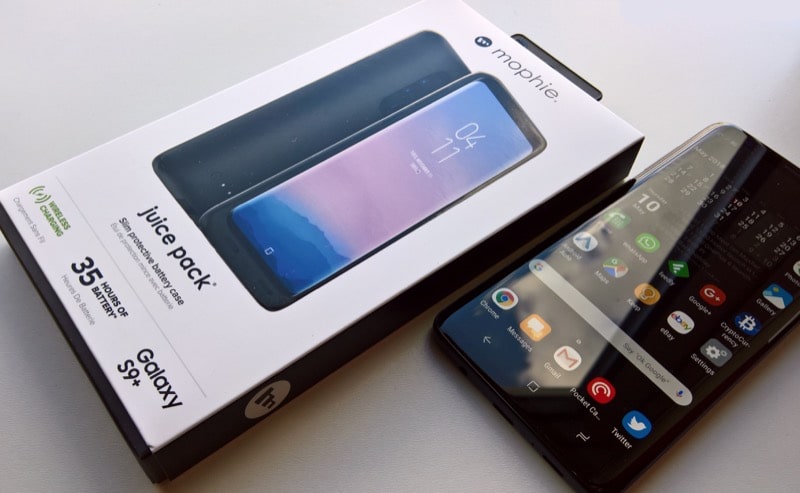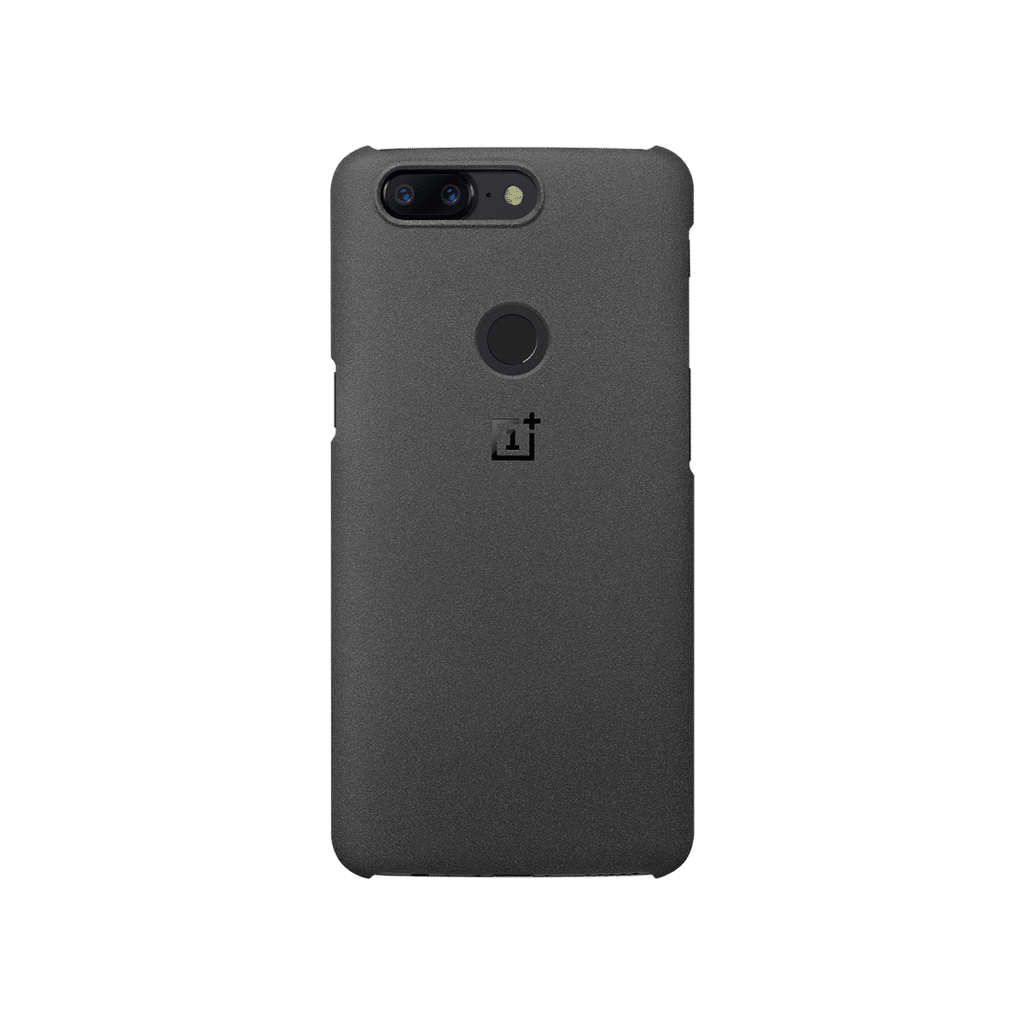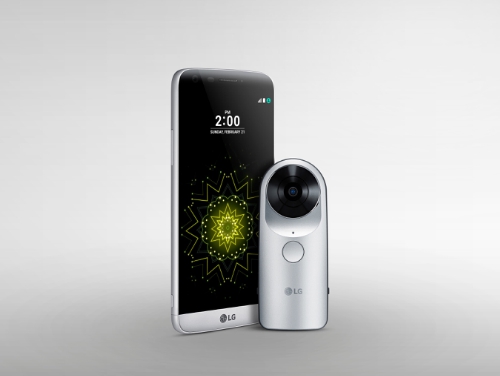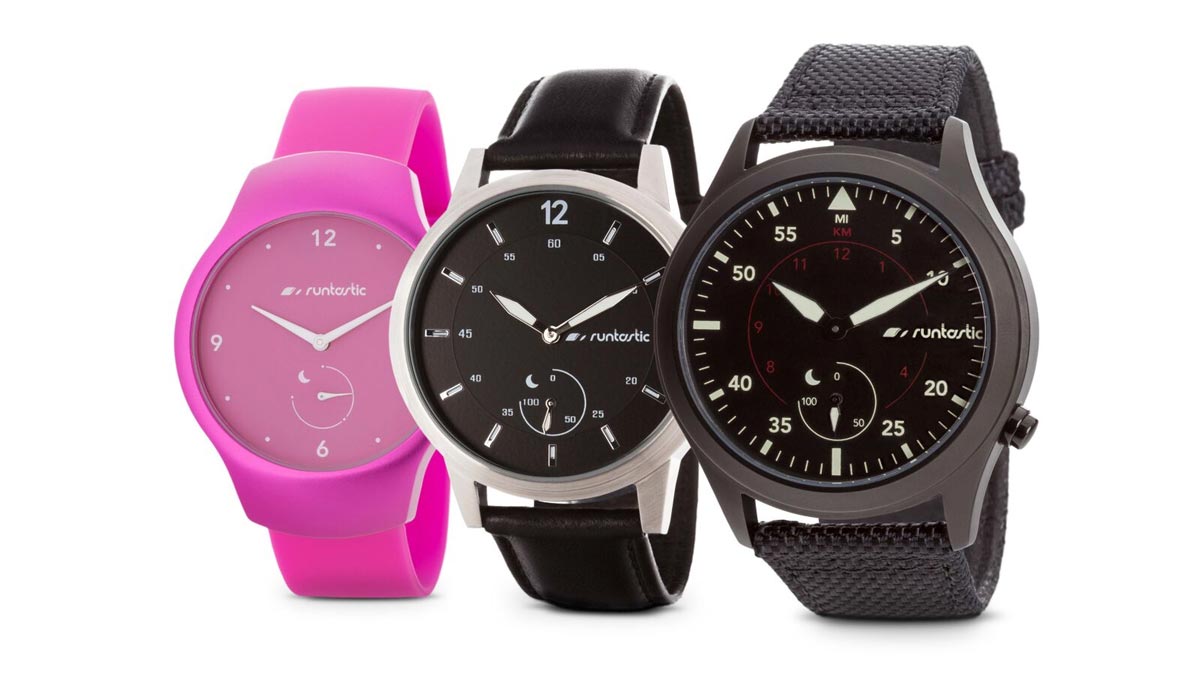Continuing our series of articles looking at Android-connected wearables, the Pebble devices seem perennially popular, not least because their battery life on a charge is at least a week and because they’re 100.0% effective when you’re actually mobile, outdoors in the sun. However – which Pebble do you go for? Two models, each which very different look and very different strap options, meaning that a direct comparison here – and an insightful compromise – may well be very helpful for new buyers.
We’ve covered the Pebble smartwatch several times on Android Beat, of course, most recently here in a direct comparison with the LG G Watch. For that table, I looked at the Pebble Steel, as the model which most closely resembled the new Android Wear device, though there’s an alternative in the cheaper, older original Pebble, which the company continues to sell, not least because there are some important style and other physical differences.


Pebble original versus Pebble Steel… [ignore the different weather, only one watch was connected at the time of the photo!!]
| Pebble Steel | Pebble Original | |
| Date launched | January 2014 | July 2013 |
| Price | circa £145 (depending on exchange rate to your country!) | circa £100 (again, depending on exchange rates!) |
| Form factor, materials, colours | Matt-finished or original stainless steel chassis | Gloss polycarbonate, Orange, Red, Black, White, Grey |
| Dimensions, weight | 46 x 34 x 10mm, 56g | 52 x 36 x 11mm, 38g |
| Display | Gorilla Glass, 1.26″ screen | ‘Optical hard coating’, 1.26″ screen |
| General specs | Bluetooth 4.0 LE, digital compass, accelerometer, ambient light sensor, backlight, ARM Cortex processor 80MHz | |
| Extra notifications | RGB LED (only used for charging currently) | n/a |
| Battery capacity, charging, life | 130mAh, charged through a proprietary cable that plugs into any USB port. Charging takes about half an hour, depending on source. Typical battery life on one charge around a week. | Same, though a slightly different (‘first gen’) proprietary cable is used. Battery life again around a week. |
| Straps | Two supplied, one ‘genuine leather’, one metal clasp-based (made in aluminium). The fitting is custom, with a tiny screwdriver supplied to retract the 100% proprietary strap screw. | Silicone, standard watch fitting. |
It’s pretty evident that you have to pick and choose a little if you want the best Pebble smartwatch for you, in that the Steel is much heavier duty and harder wearing (note the Gorilla Glass), and is smaller on the wrist (though heavier), but comes with an idiosyncratic pair of ‘executive’ straps. While the original Pebble is cheaper, much lighter (though bulkier) and more colourful, plus comes with a completely standard and sports/life-proof strap.
Slightly oddly, the strap question, in fact, is critical to your decision. You see, a core part of a smartwatch’s use case is being able to survive water:
- doing the washing up
- keeping on in the shower
- getting caught in a downpour
- sweating while exercising
- going scuba diving(!)
These are fundamental to the envelope of a really good smartwatch – it has to survive any amount of water, from without or within (i.e. sweat). The ‘genuine leather’ strap that comes by default with the Steel is vaguely water resistant – in that it won’t fall apart immediately. But leather does absorb water – get it wet enough times and the leather will perish eventually – and will look rather tatty long before. “Use the supplied metal strap”, you might think – this is anodised aluminium. Yet fiddling around with metal strap linkages in order to find the perfect size is not a job for the faint-hearted (a jeweller friend is recommended!), plus not everyone wants an extra 40g on their wrist all day long.
On the other hand, the silicone strap that comes with the original Pebble is perfect – smooth, light, flexible and nigh on indestructible. Yet the Steel’s proprietary strap fixing means that you can’t mix and match between the two smartwatches. Leaving the poor user undecided and balancing a number of pros and cons for each Pebble design, with no obvious winner.
However – thanks to Pebble helping third parties, with 3D models are available on the Pebble web site, we’re just starting to see Pebble Steel-compatible straps in silicone, thus bringing one of the original’s advantages – the 100.0% waterproofing – to the smaller, more hardwearing variant. In theory, the best of both worlds.


The Shank for Pebble Steel, in place… [and yes, my arm really is quite hairy – partly explaining why I never get on with metal or elasticated straps!]
The strap in question, shown above, is the Shank, made by Richard Tracy Brand. Using the supplied (tiny) screwdriver, it takes around five minutes to fit and looks fabulous:
Now, obviously, I’ve gone for black, black and black in my Pebble kit, and you may be into brighter colours, in which case, the coloured plastics of the original Pebble may yet win out for you. But do note that the Shank above comes in black, white and ‘camo’ (glimpsed below), so there is some variation possible, plus of course the Steel itself can be shiny silver if that’s your thing.


The Shank strap in place, plus its ‘camo’ alternative…. [both seen here in ‘regular’ form – a ‘wide’ version is also available]
Even more than a smartphone, a smartwatch is an extremely personal accessory – after all, it’s physically attached to you for most (or all) of every day. Making it more important than ever that you pick the right look, feel and endurance rating (for the strap, mainly!) for you. My solution/choice, of a Pebble Steel, with custom strap, isn’t the cheapest option, so I’d welcome your comments and choices too – what works for you?
PS. It’s not entirely clear why the Pebble strap design was changed for the Steel, to include the screw-threaded pin and extra bracing point, though I imagine the clue is there in the words – the redesign is (theoretically) much, much stronger in the case of impact. With Pebble users being involved in ever more strenuous activities, I presume that the company had had requests to reinforce this aspect of the ‘go anywhere’ smartwatch!



















